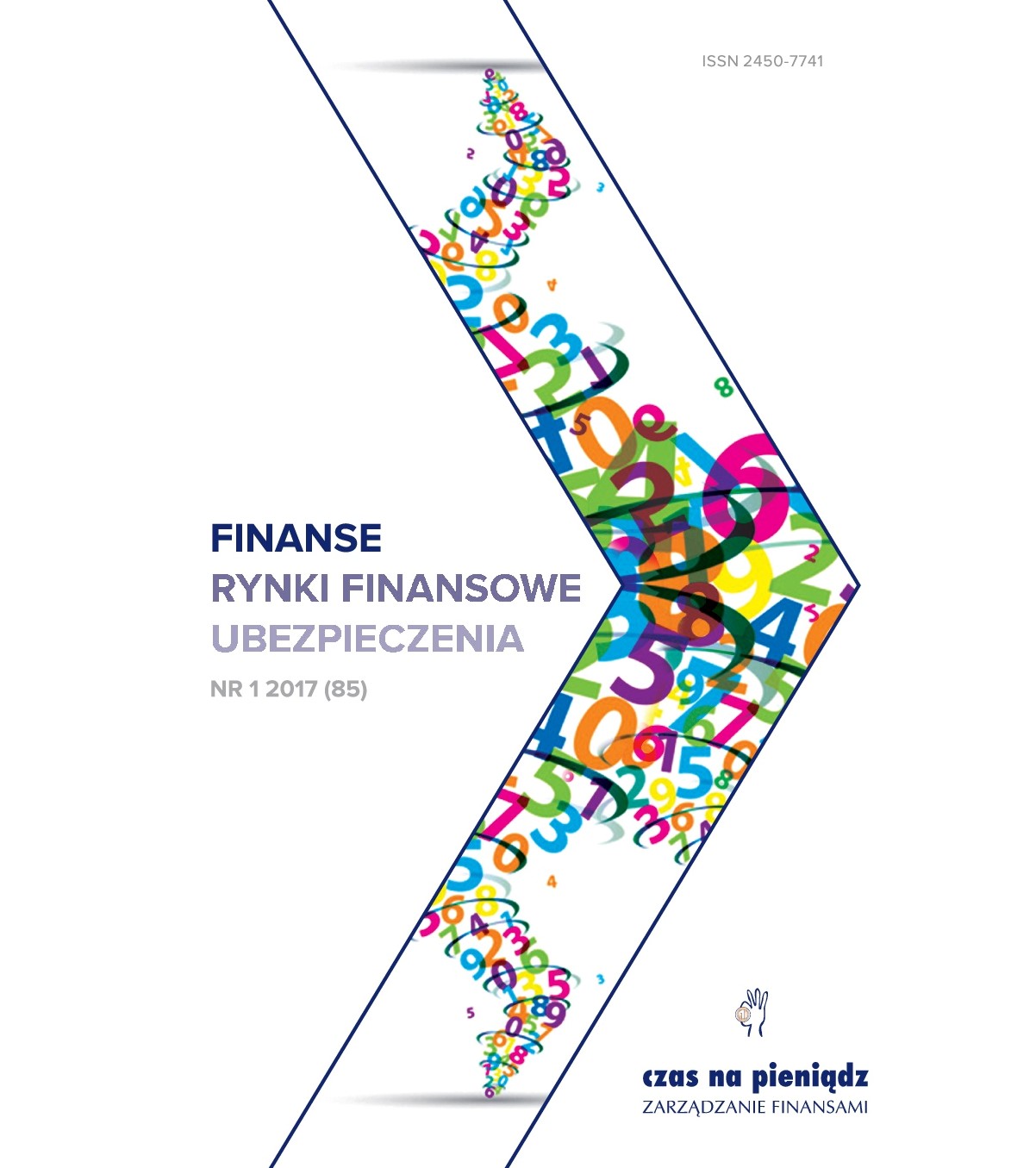Rekonstrukcja koncepcji DFL M.H. Millera z wykładu noblowskiego i paradoksu dźwigniowego T. Berenta
Reconstruction Of M.H. Miller’s DFL Concept In The Nobel Memorial Prize Lecture And T. Berent’s Leverage Paradox
Author(s): Jarosław MielcarekSubject(s): Economy, Business Economy / Management
Published by: Wydawnictwo Naukowe Uniwersytetu Szczecińskiego
Keywords: financial leverage; degree of financial leverage; paradox of leverage; ROE multiplier; capital multiplier; management accounting model; mixed model
Summary/Abstract: Purpose – The objectives of the article were to determine whether Miller and Berent present theirnumeric examples within the same model, whether they are different ones and to explain for Miller’s numericexample, why does the DFL is a nonlinear function, why the relationship between ROE and ROIC is a variable,and why the relationship between the increments of ROE and ROIC is a constant. For Berent’s numericexample the goal was to demonstrate that the leverage paradox does not exist. Targets of a lower order were todemonstrate that you can specify unequivocally for the ROIC and given capital structure the size of the ROE,and to demonstrate that you can unequivocally specify the relation between increases the ROE and financialleverage for any capital structure, as well as to demonstrate that for any rates of FL change you can uniquelydetermine the rate of ROE change.Design/methodology/approach – Management accounting model and mixed model is used as the basis forthe study of numerical examples. Miller’s example is examining by using linear function of the EBT withvariable elasticity, function of the ROE multiplier and function of the relationship between the increments ofROE and ROIC. Berent’s example was examining by using function of the ROE multiplier, function of theROE and FL increases relationship and function of the capital multiplier.Findings – The concept of Berent’s leverage paradox and Miller’s DFLconcept are presented, respectively, inthe framework of management accounting model and mixed model and the concepts are therefore of a differentobject range. For Miller’s numeric example is explained that DFL is the nonlinear function, because thelinear function of the EBT is a function with variable elasticity and that relationship between ROE and ROICis determined by linear function of ROE multiplier for any size of ROIC and that the relationship betweenROE and ROIC increases was constant for any initial size of ROIC and equal to FL. For Berent’s numericexample is proved that ROE multiplier function can be defined and on this basis the size of the ROE fora given ROIC and capital structure determined unequivocally and that there is constant relationship functionbetween ROE and FL increases for any capital structure determined by the difference between ROIC and theinterest rate and that with capital multiplier function for any FL rate of change can be uniquely specified thechange rate of ROE and, on this basis, it is shown that the leverage paradox does not exist.Originality/value – The findings achieved in the article have the theoretical and practical innovative character.The demonstration that the leverage paradox does not exist and that DFL dependence on initial conditionsresults from the fact that the EBT linear function is a function of a variable elasticity has a specialsignificance.
Journal: Finanse, Rynki Finansowe, Ubezpieczenia
- Issue Year: 2017
- Issue No: 85
- Page Range: 105-117
- Page Count: 13
- Language: Polish

